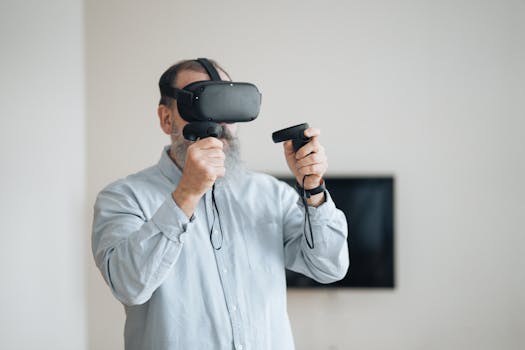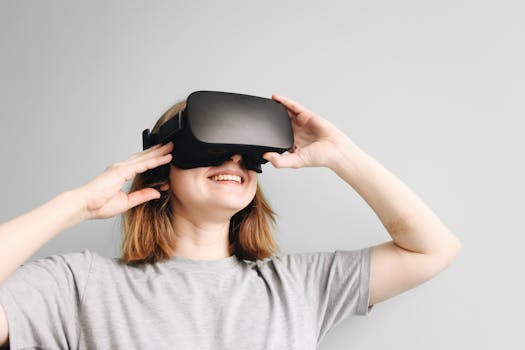
Virtual Reality vs. Augmented Reality: Key Differences and Uses
Takeaways: In this article, we will explore the fundamental differences between Virtual Reality (VR) and Augmented Reality (AR), how they work, their applications in various industries, and the future potential of these technologies.
Virtual Reality (VR) and Augmented Reality (AR) are two of the most talked-about technologies today, revolutionizing how we interact with the digital world. While they may seem similar at first glance, they serve different purposes and offer unique experiences. This article will delve into their key differences, applications, and implications for the future.
Understanding Virtual Reality (VR)

VR requires specialized hardware, such as VR headsets (like Oculus Rift, HTC Vive, or PlayStation VR) and motion controllers, which track the user’s movements to enhance the immersive experience. The primary goal of VR is to provide an engaging and interactive experience that can transport the user to different places, whether that’s exploring distant planets, walking through historical sites, or playing immersive video games.
Applications of Virtual Reality
VR has numerous applications across various sectors:
- Gaming: The gaming industry has been at the forefront of VR technology, creating immersive gaming experiences that allow players to feel as if they are part of the game world.
- Education: VR is increasingly used in educational settings to create interactive learning environments, such as virtual field trips or simulations that allow students to explore complex subjects.
- Healthcare: In the medical field, VR is utilized for training surgeons, conducting therapy sessions, and providing pain relief through immersive experiences.
- Real Estate: Virtual property tours allow potential buyers to explore homes from anywhere in the world, enhancing the buying experience.
Understanding Augmented Reality (AR)
Augmented Reality (AR), on the other hand, overlays digital information onto the real world, enhancing the user’s perception of their environment. Unlike VR, AR does not create a completely immersive experience; instead, it augments the real world by adding layers of digital content, such as images, sounds, or other sensory enhancements.
AR can be accessed through various devices, including smartphones, tablets, and AR glasses (like Microsoft HoloLens). One of the most popular examples of AR is the mobile game Pokémon GO, which allows players to see and interact with virtual Pokémon in real-world locations through their smartphone screens.
Applications of Augmented Reality
AR technology is transforming several industries, including:
- Retail: Many retailers have adopted AR to enhance the shopping experience, allowing customers to visualize products in their own space before making a purchase.
- Maintenance and Repair: Technicians can use AR to receive real-time information and guidance while working on equipment, improving efficiency and accuracy.
- Tourism: AR applications can provide tourists with enhanced information about landmarks, guiding them through historical sites with interactive content.
- Training: AR is used for training purposes, providing real-time data and guidance to employees in various fields, from manufacturing to healthcare.
Key Differences Between VR and AR

- Immersion: VR offers a completely immersive experience, while AR enhances the real world without replacing it.
- Hardware Requirements: VR typically requires specialized headsets and controllers, whereas AR can be accessed through common devices like smartphones and tablets.
- Interaction with Environment: In VR, users interact solely with a virtual environment, while in AR, users can interact with both real-world and digital objects.
Conclusion







